
Everything on the NVIDIA Ampere RTX 3000 series
New technologies

NVIDIA Reflex
With every new generation, NVIDIA introduces a number of new inventions. One of these is NVIDIA Reflex. While you're gaming, this software reduces the input lag so your inputs aren't delayed as much. You notice this especially at lower frames per second (fps), which you mainly get when gaming at a high resolution. You can also download NVIDIA Reflex if you have an older video card. Don't forget that a faster response means winning and a winning gamer is a happy gamer.

Ray tracing (2.0)
Ray tracing provides realistic light effects while you're gaming. Think of shadows or reflections in the water. Ray tracing was already launched with the previous Turing generation. In practice, though, real-time calculation of light incidence turned out to be too demanding for the RTX Turing video cards. The RT cores have been redesigned so they're better up for the task. NVIDIA combines this with more powerful hardware and DLSS, so the ray tracing experience doesn't compromise your frame rate.
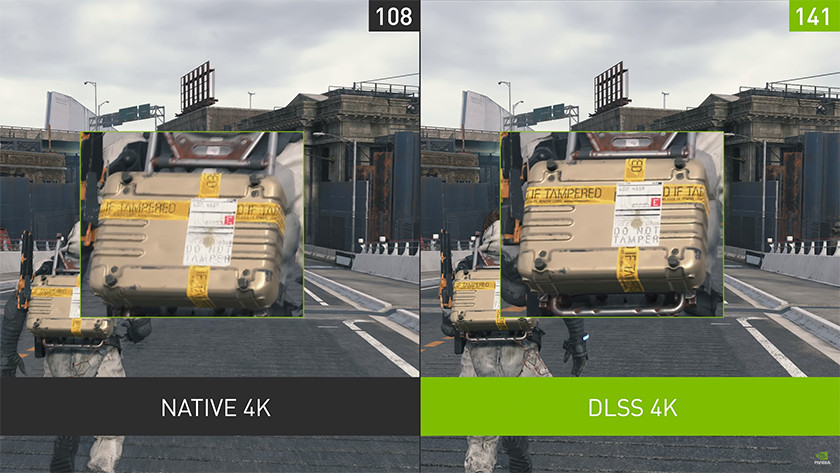
DLSS (2.0)
Ray Tracing and high-resolution gaming looks good, but it takes a lot of power. This is where DLSS comes into play. DLSS (2.0) uses deep learning to increase resolution without losing fps. It works as follows: your video card creates a frame in a low resolution, for example 1080p. Next, it uses a previously used hi-res frame to increase the amount of pixels of the current 1080p frame. The GPU is self-learning, thanks to Artificial Intelligence. That is very cool.
RTX 3070, 3080, and 3090: power and memory
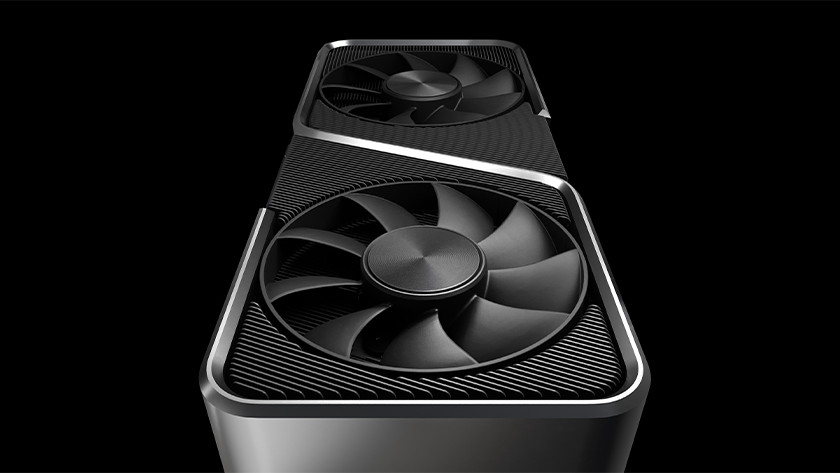
RTX 3070: low price, high clock speed
The NVIDIA GeForce RTX 3070 was released on 15 October 2020. It's the entry-level GPU of the Ampere series, but the specifications are quite good. The video card competes with the king of the Turing series, the 2080 Ti. The 3070 has 5888 cores, while the 2080 Ti has 4352. Its clock speed is about 1700MHz, as opposed to the 1600MHz of the Ti. You do get slightly less RAM, 8GB instead of 11GB.
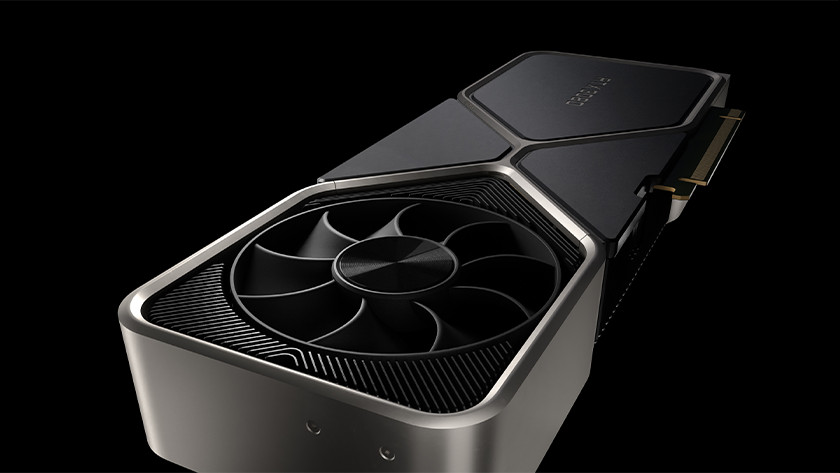
RTX 3080: powerhouse at a fair price
The NVIDIA GeForce RTX 3080 was released on 17 September 2020. The 2080 Ti is no competition to the 3080. According to NVIDIA, it's much more powerful. This is probably correct, because you get no less than 8704 cores and a 1710MHz clock speed. Asus, MSI, and Gigabyte boost this clock speed even further, so you can play games with a lot of pixels and frames. The RTX 3080 has 1GB less VRAM, but the GDDR6X is a lot faster than the GDDR6 VRAM of the 2080 Ti.
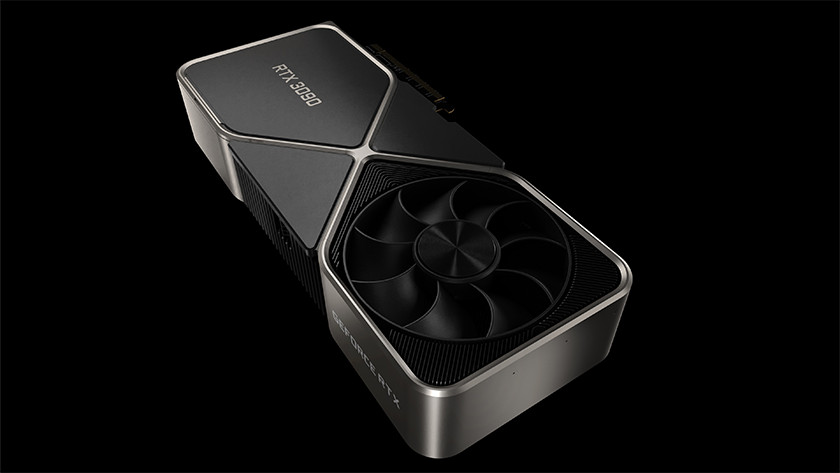
RTX 3090: simply monstrous
The RTX 3090 was released on 24 October 2020 and is in a league of its own. This powerful video card has 10,496 CUDA cores and a 1700MHz boost clock. The extremely high VRAM may be worth mentioning even more, as it has no less than 24GB. It also has the improved GDDR6X, which provides a high 936GB/s bandwidth and a 19.5Gbps memory speed. As a result, the images from your GPU reach your screen sooner.
RTX 3070, 3080, and 3090: performance and energy consumption

RTX 3070: better than RTX 2080 Ti
The specifications of the RTX 3070 are not at all bad. Especially when you realize that the RTX 3070 doesn't even cost half as much as the RTX 2080 Ti, while it's a lot more powerful. So "the biggest generational leap" doesn't seem to be a lie. The RTX 3070 is mostly a good 1440p card, with an expected fps of around 90. In 4K, you probably won't reach 60 fps. With a TDP of 220W, the 3070 is more energy-efficient than the 2080 TI, which uses 250W.
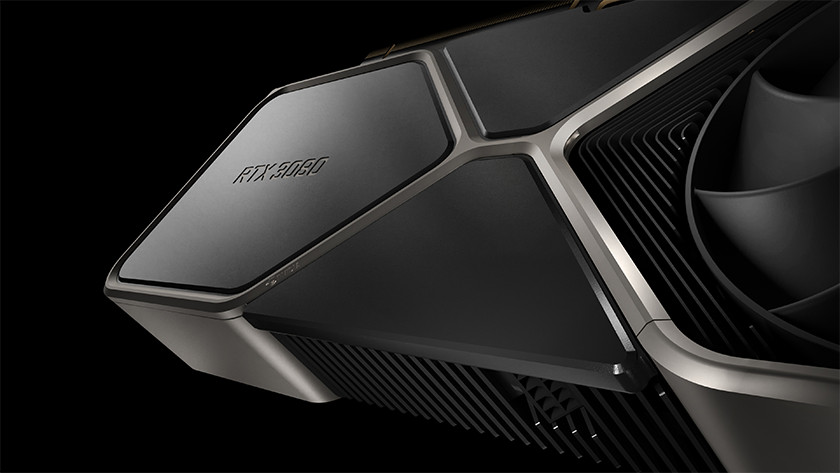
RTX 3080: a lot better than RTX 2080 Ti
NVIDIA promises that the RTX 3080 will be twice as fast as the 2080. While the first benchmarks show that this is quite an exaggeration, the performance is fantastic for its price. Expect a steady 100 to 120 fps in QHD. In 4K, you're more likely to reach around 70 fps, while RDR2 is more likely to go up to 100 fps and FS2020 probably reaches 40 fps. Naturally, these numbers are higher with DLSS on and lower with Ray Tracing on. You do need a solid power supply due to the TDP of 320W.
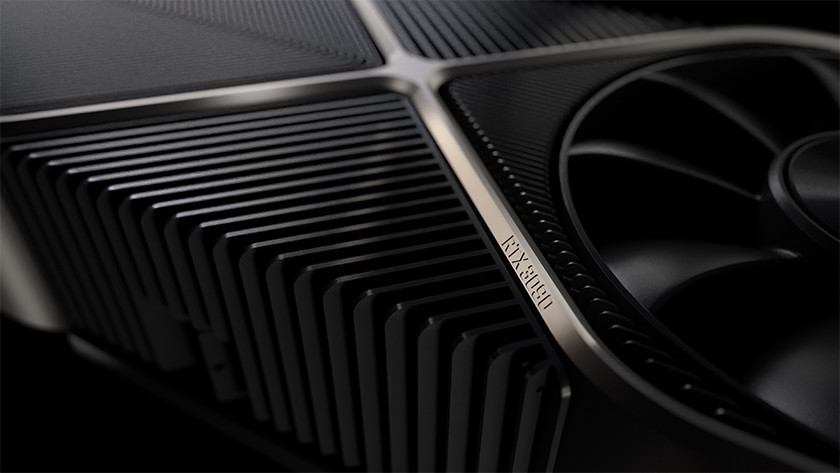
RTX 3090: doesn't compare to the RTX 2080 Ti
If you really want the best of the best, you want the RTX 3090. This powerhouse allows you to smoothly play games in 4K for the first time. You don't have to worry whether you'll reach 60 fps or not, because the 3090 can reach 100 fps. According to NVIDIA, you can even play games in 8K at 60 fps, but this only becomes interesting by the time 8K monitors have become mainstream. The RTX 3090 is a lot larger than the average video card and with a TDP of 350W, it needs a serious PSU.


